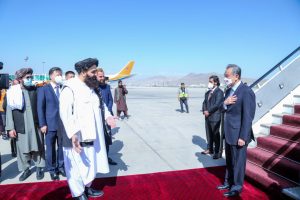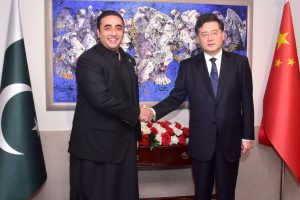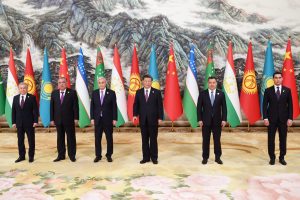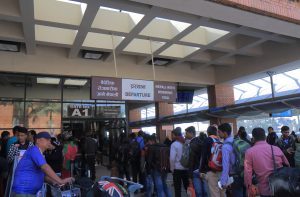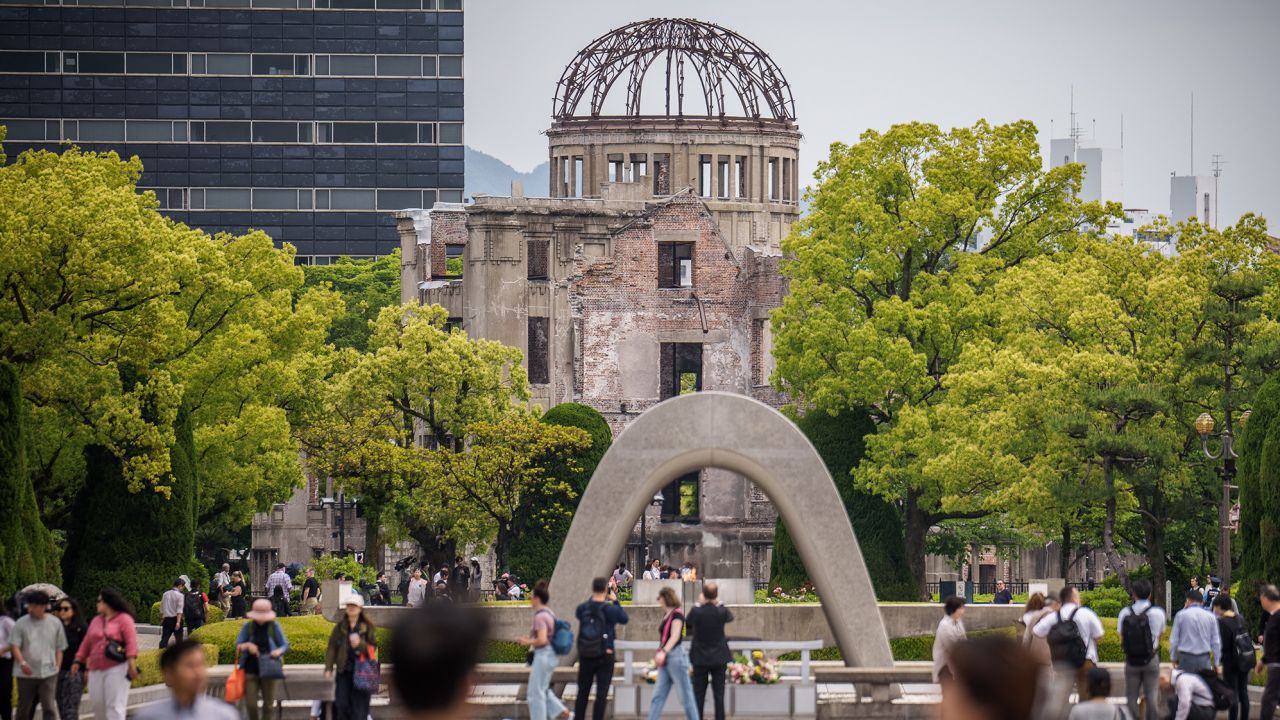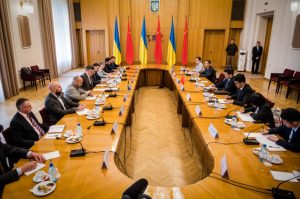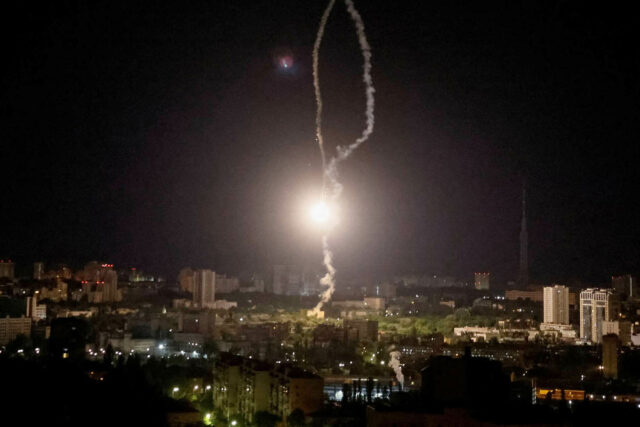Soutik Biswas
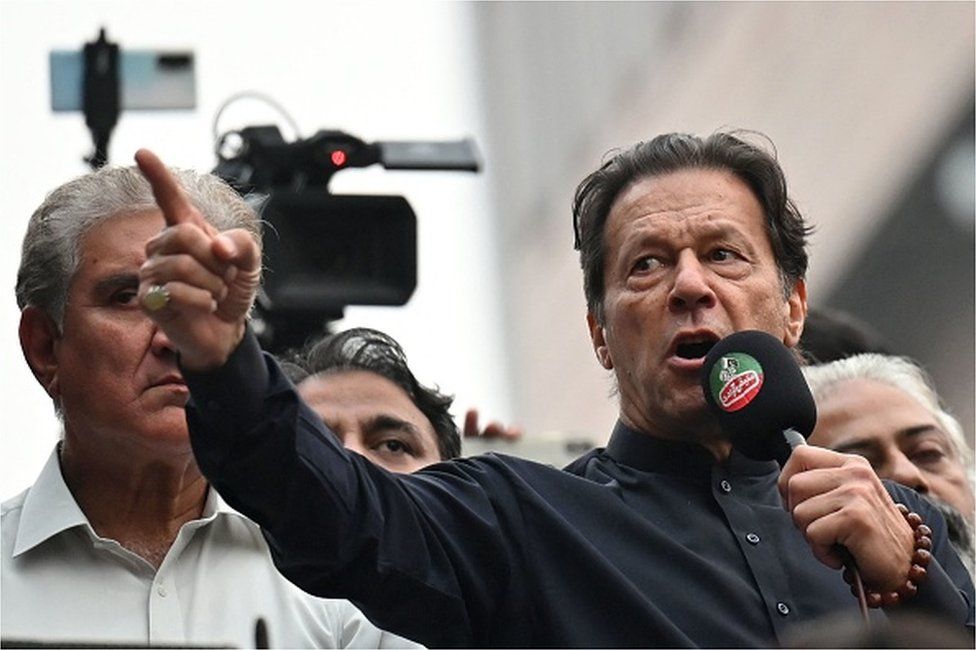
During a trip to India many years back, a leading US-based specialist on South Asia had a conversation with a local analyst which he says still resonates with him.
"If Pakistan fails, we need to make sure it doesn't take us down with it," the expert told Michael Kugelman, director of the South Asia Institute at the Wilson Centre think tank in Washington.
In recent weeks, Pakistan has been convulsed by political and economic crises. The arrest of former prime minister Imran Khan on charges of corruption sparked violent clashes across the country, which is also reeling from high inflation and dismal growth, and in danger of defaulting. Mr Khan's escalating confrontation with the army - a prominent player in Pakistani politics - which the ousted leader has even charged with trying to murder him.
"When your rival neighbour, a nation that's volatile even as the best of times, is experiencing severe political stress, bouts of large-scale unrest, and especially concerns about the cohesiveness with the army leadership, then you should be worried," Mr Kugelman says.
"It's not that Pakistan's churn could spill over into India, but more so that the churn could distract Pakistan from keeping control over things that could pose grave risks to India - like India-focussed militants."

